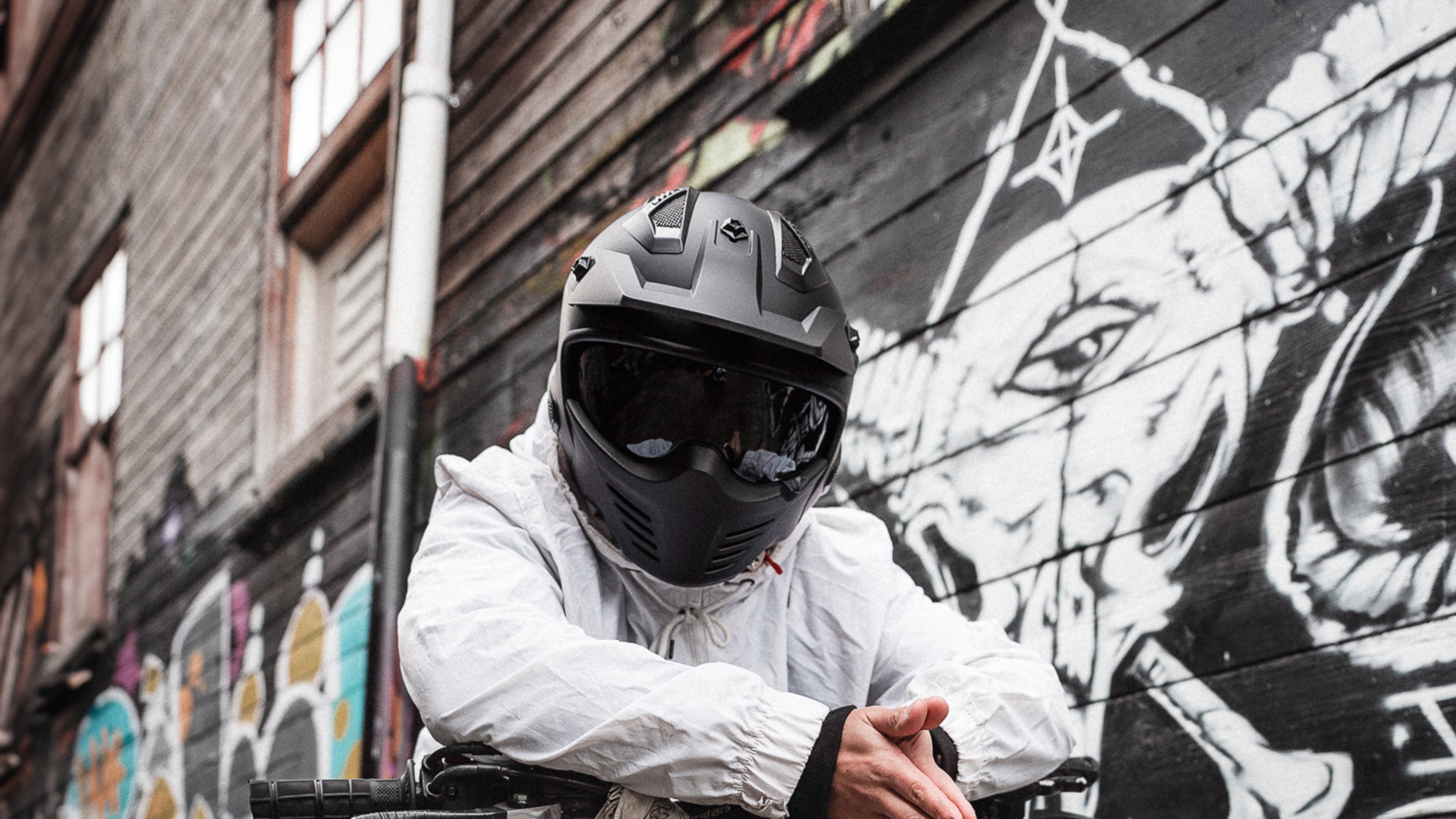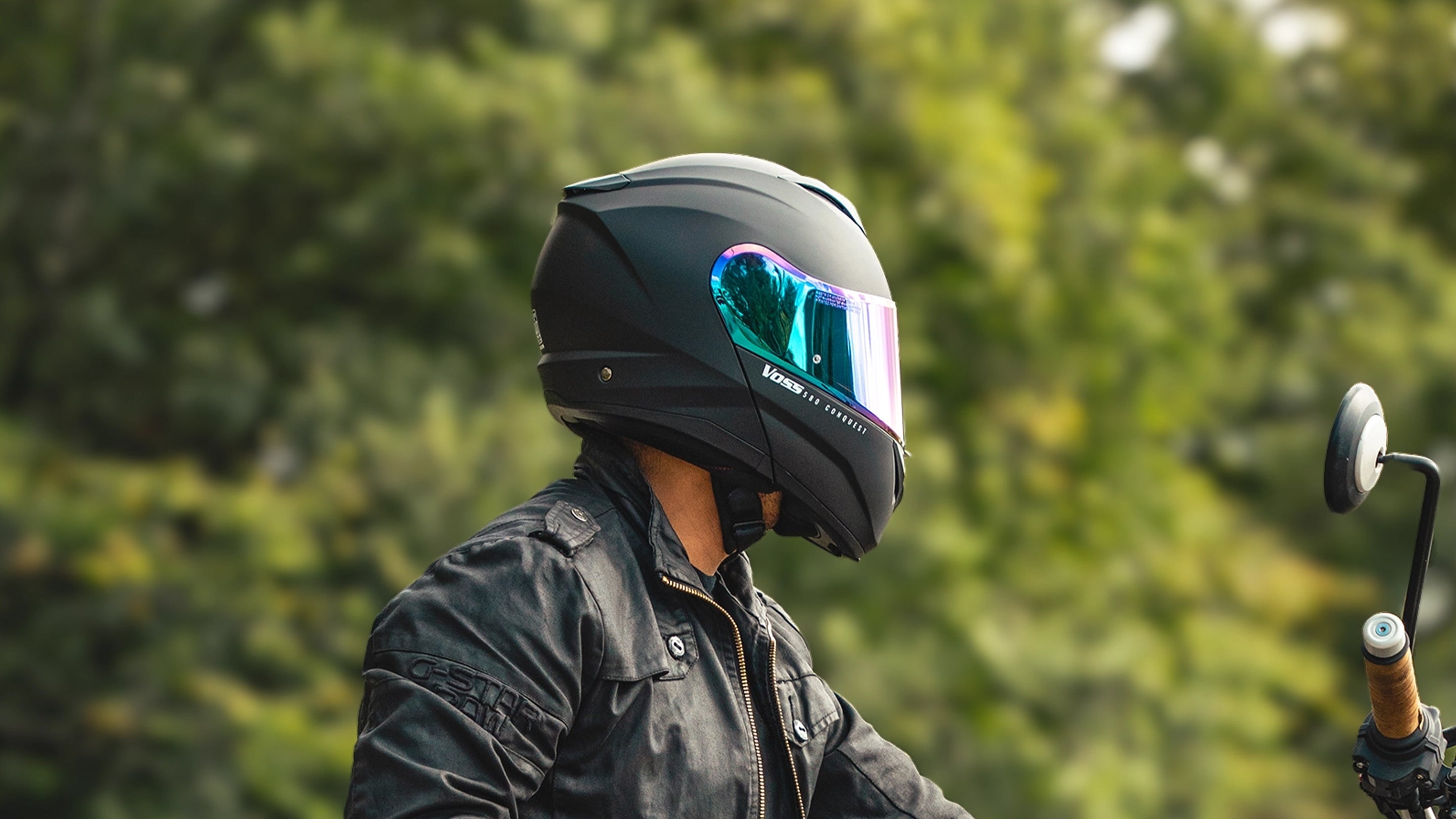How Motorcycle Helmets Are Manufactured – Part 2
Motorcycle helmets are critical for rider safety, and the manufacturing process involves multiple stages to ensure they meet stringent safety standards. In this part, we will explore the quality control, safety testing, and finishing touches that go into making a reliable motorcycle helmet.
Quality Control and Safety Testing
Ensuring the helmet's integrity and safety is paramount. Here’s how manufacturers test their products:
Helmets undergo impact tests to ensure they can withstand collisions. This involves dropping the helmet onto various surfaces to simulate crashes and measuring the forces transmitted through the helmet.
Penetration Testing checks if any sharp objects can penetrate the helmet. A pointed object is dropped onto the helmet, and it must not penetrate the outer shell and inner liner.
The retention system, which includes straps and buckles, is tested to ensure it remains intact during an impact. This involves pulling the straps with significant force to ensure they do not break or stretch excessively.
Certifications and Standards
Different regions have specific standards that helmets must meet to ensure safety:
DOT (Department of Transportation) certification is mandatory for helmets sold in the U.S. It ensures basic safety standards are met. Helmets must pass tests for impact, penetration, and retention system effectiveness.
ECE (Economic Commission for Europe) certification is required for helmets in Europe, focusing on rigorous testing and safety. This certification involves more stringent impact tests and additional tests for visor durability and field of vision.
Snell certification is a voluntary standard that indicates a higher level of safety and testing. Helmets must undergo more rigorous testing than required by DOT or ECE standards, including higher impact speeds and additional penetration tests.
Painting and Finishing
The helmet's appearance is just as important as its functionality. Here’s how manufacturers achieve a sleek, durable finish:
Helmets are painted using durable, weather-resistant paints. This involves multiple layers of paint to ensure a smooth and lasting finish.
Graphics are then applied to add style and personality to the helmets. This can be done using decals, airbrushing, or other techniques to create intricate designs.
Lastly, a protective coating is applied to ensure the graphics and paint last longer. This clear coat protects against UV rays, scratches, and other environmental factors.
Ventilation and Aerodynamics
To ensure rider comfort, helmets are designed with ventilation and aerodynamics in mind:
Vents are strategically placed to provide airflow and keep the rider cool. Proper vent placement ensures maximum airflow without compromising the helmet’s structural integrity.
Helmets are then tested in wind tunnels to optimize aerodynamics and reduce wind noise. This helps improve rider comfort and performance, especially at high speeds.
Visor Manufacturing
Visors play a crucial role in rider safety and comfort. Here’s how they are made:
Visors are made from shatterproof materials like polycarbonate. These materials provide clear vision and protect against debris and wind.
Anti-scratch and anti-fog treatments ensure clear vision under various conditions. Anti-scratch coatings prevent minor damages, while anti-fog treatments keep the visor clear in humid or cold weather.
Visors are attached using mechanisms that allow for easy removal and adjustment. These mechanisms must be durable and user-friendly, allowing riders to change or clean their visors quickly.
Packaging and Distribution
The final step involves getting the helmet safely to the rider:
Helmets are packaged in protective materials to prevent damage during shipping. This includes foam inserts, sturdy boxes, and sometimes fabric bags for added protection.
Helmets are then distributed through various channels, including retail stores and online shops. Effective distribution ensures helmets are available to riders worldwide and meet demand promptly.
Conclusion
Manufacturing a motorcycle helmet is a complex process that combines advanced materials, cutting-edge technology, and rigorous safety testing. Every step, from design to distribution, ensures that the helmet provides maximum protection and comfort for riders. So, the next time you put on your helmet, you'll know the incredible effort that went into making it.










